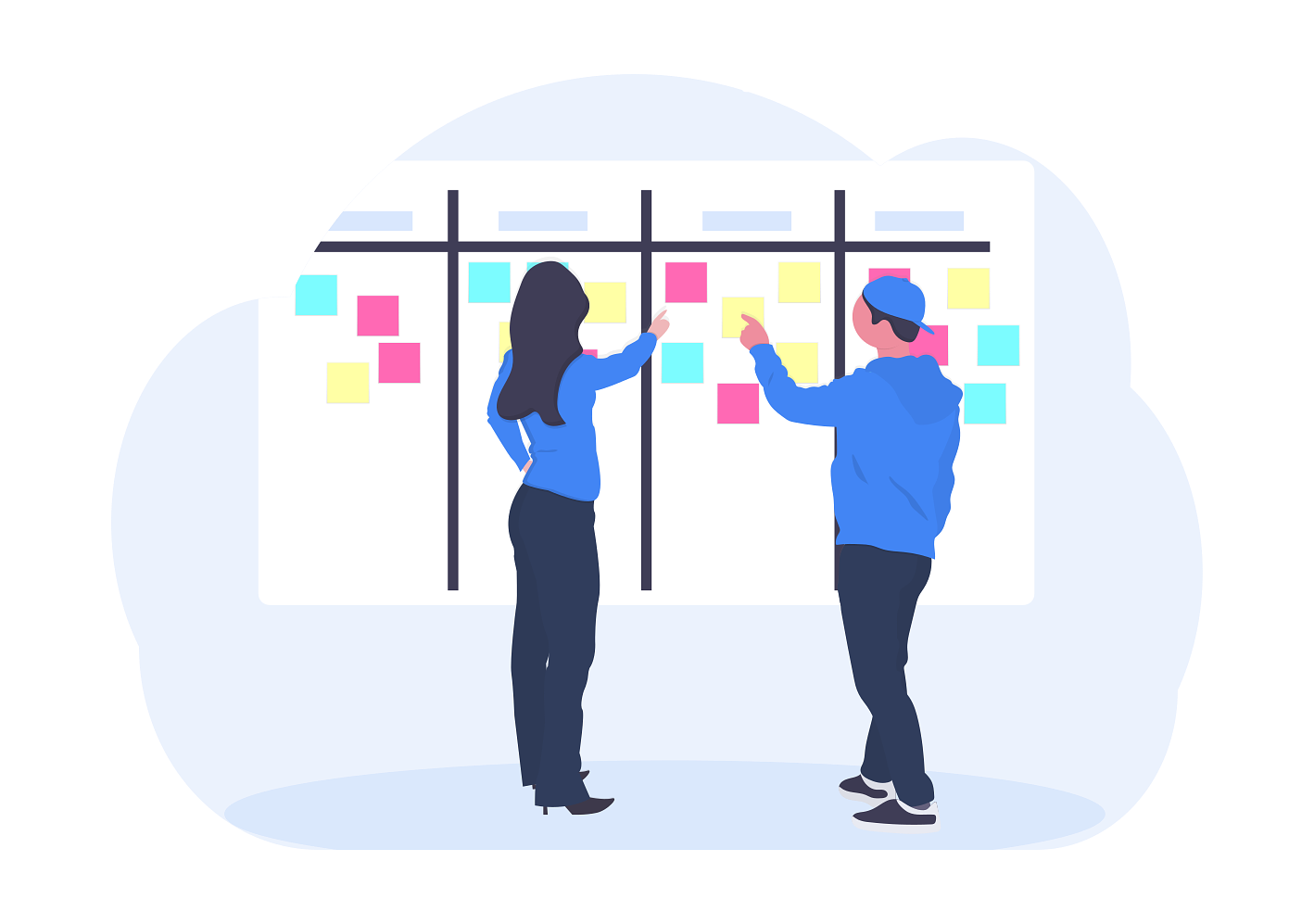Kanban Fundamentals

How to implement Kanban?
Kanban is a workflow management system that is easy to introduce and maintain. It only takes sticking with a few simple routines to revolutionize how you work and perceive tasks, increase productivity and reduce waste.
Step 1: Visualize workflow
For Kanban to be effective, the team needs to visualize the workflow. This involves breaking down the process into distinctive steps and tracking the flow of work going through them on a Kanban Board. Kanban Boards act as information radiators that present the status of the current work to the entire team, fostering good communication, and team collaboration.
Step 2: Limit Work in Progress
It doesn’t benefit anyone to have lots of work in progress but not to accomplish anything at the end of the day. Kanban allows one to control the work in progress, ensuring the maximum flow of a single item from start to finish: from the idea into the hands of the customer.
Step 3: Measure and manage flow
You can’t manage what you don’t measure. Kanban focuses on ensuring a smooth and high flow of work, it also gives you the tools to measure it and identify bottlenecks.
Step 4: Make process policies explicit
According to Lean project management principles, quality should be built into the process and not later inspected for. By ensuring that your guiding process policies are explicit and known to everyone, you can reduce defects and improve the flow of work.
Step 5: Recognize process improvement opportunities
Once you make the policies explicit and continuously measure the performance of your workflow, you can focus on identifying bottlenecks and introducing gradual improvements to the whole process. Kanban leverages several scientific models, such as the Theory of Constraints, to identify the weak spots in the flow, and resolve them, to the benefit of the process.